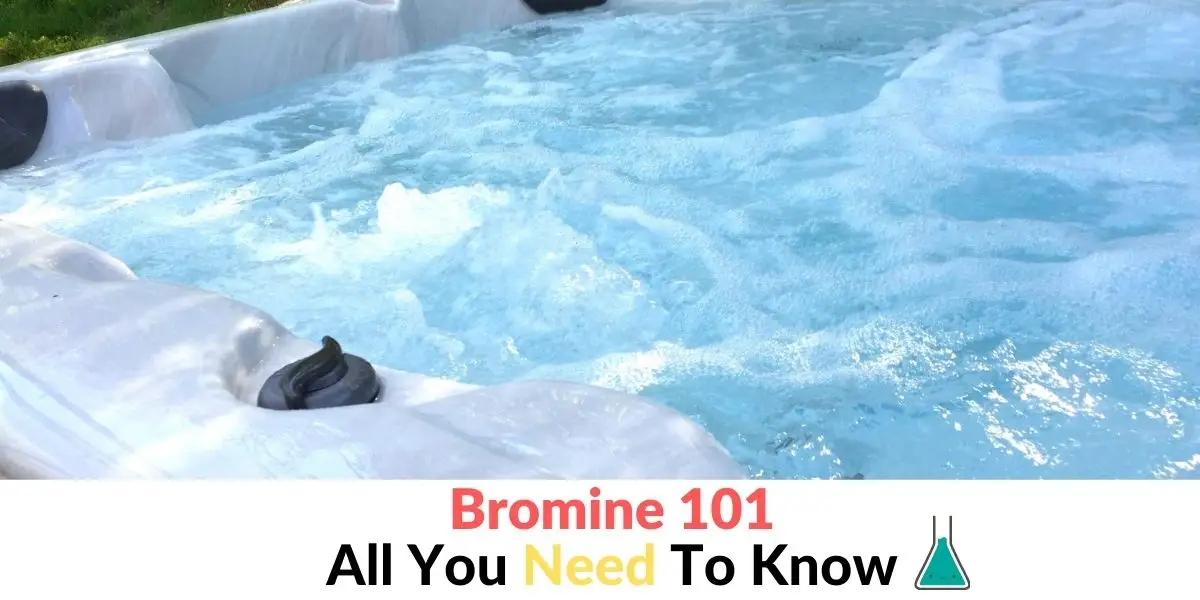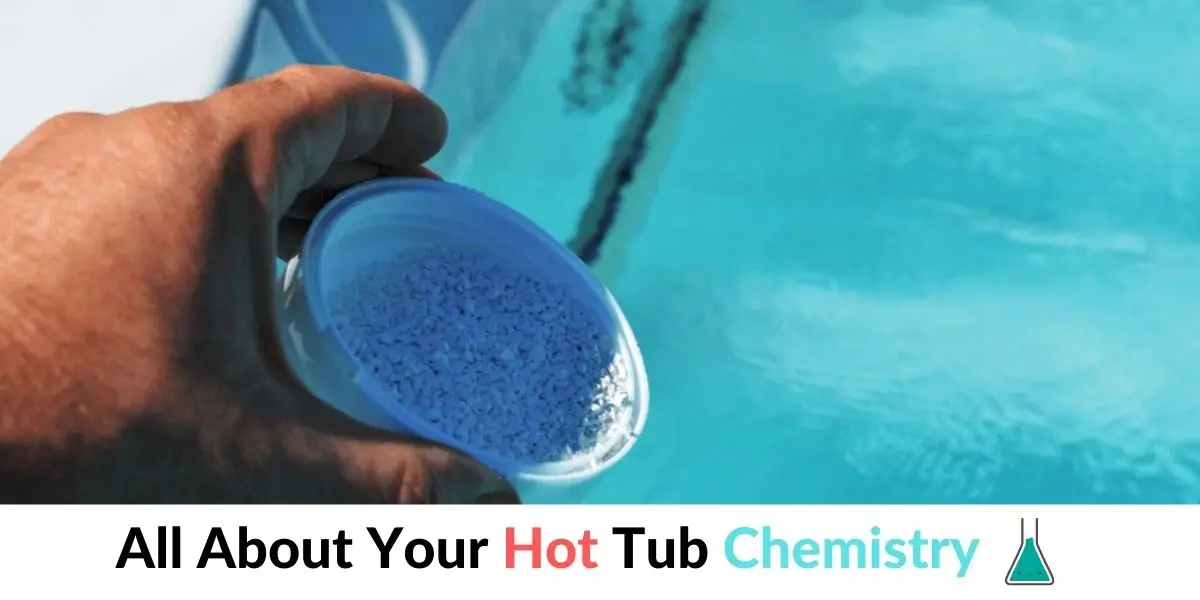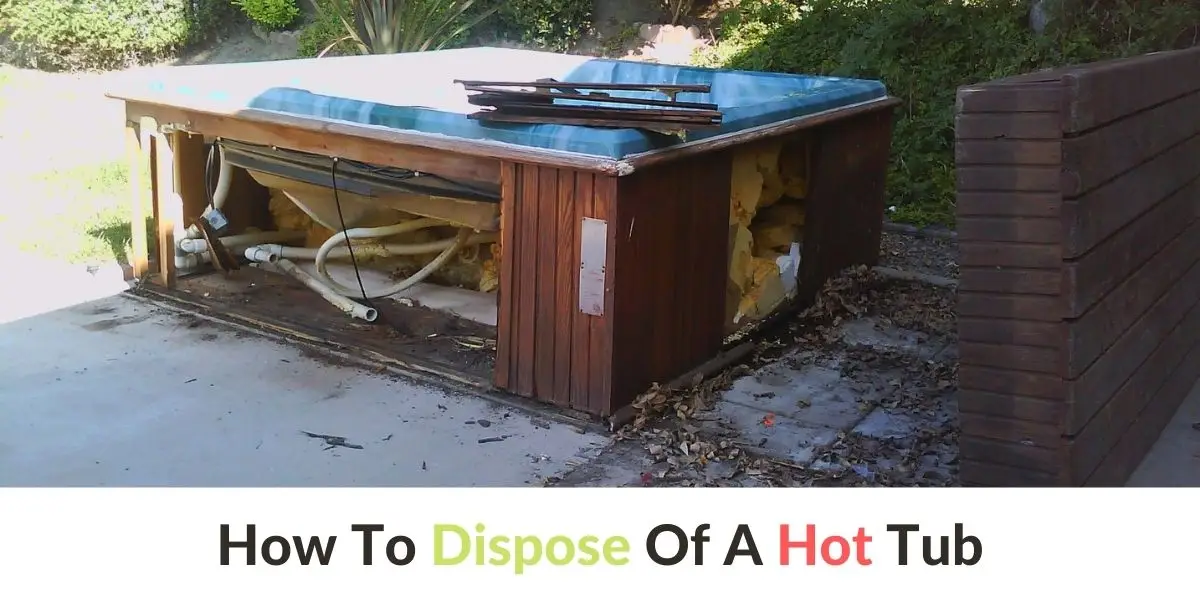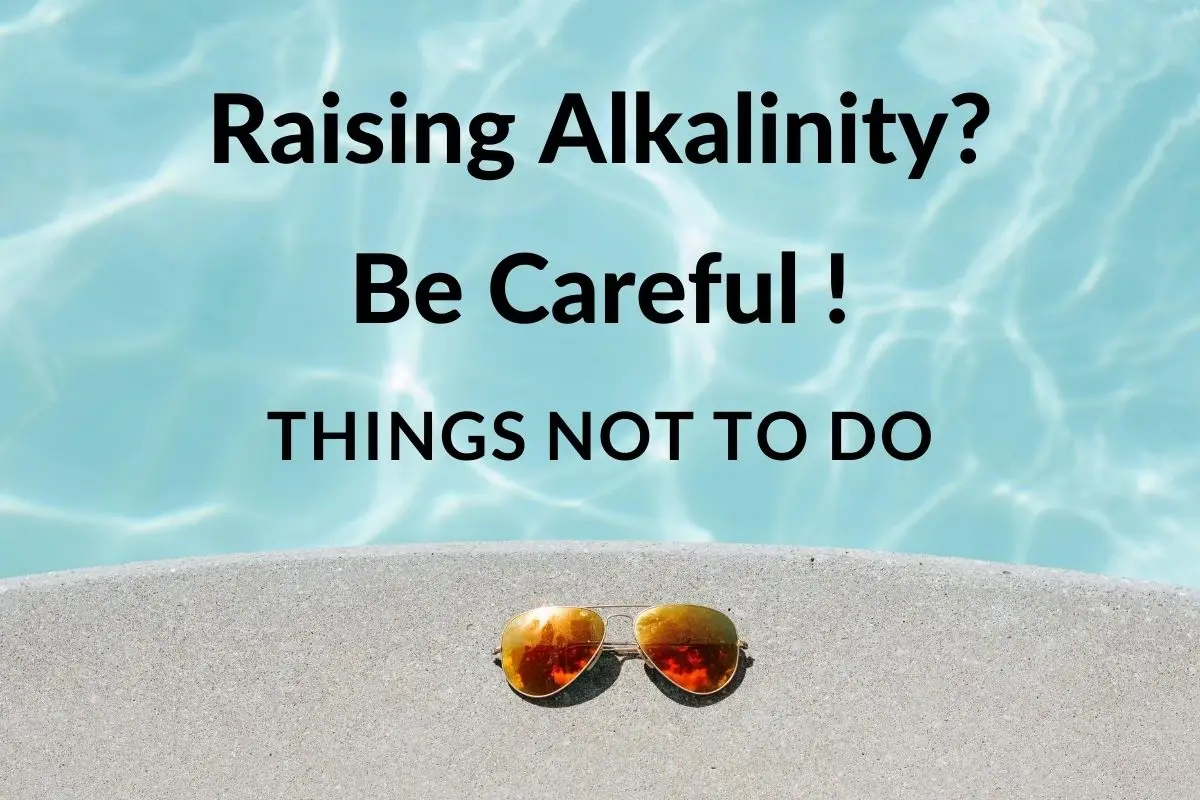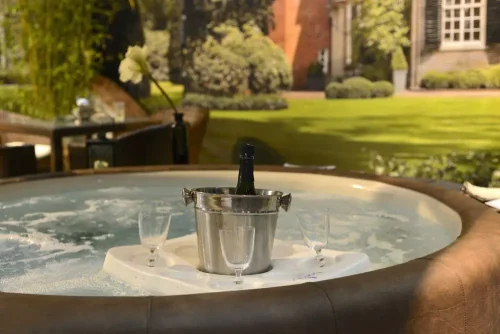How Many AMPs Does A Hot Tub Use? – [Full Guide, FAQ]
The majority of hot tubs require a 50 amp circuit. This amp circuit accompanies a voltage requirement of 240 V.
However, hot tub amperage and voltage requirements can change from hot tub to hot tub and manufacturer to manufacturer. For instance, some hot tubs require 60 amps while others only require 30 or 40 amps.
When wiring a spa, it is crucial to correctly size the circuit breaker with the amp requirements. Therefore, it is always important to check a hot tub’s user manual before attempting any sort of installation.
What size breaker is needed to run a spa?
Hot tubs are designed to be used with a 50 to 60 amp breaker and ground-fault circuit interrupter (GFCI). This breaker should be paired with a dedicated amp volt between 220 V and 240 V. The term dedicated means that the electrical circuit is used for the spa is not used for any other purpose.
- Ideal for outdoor use with Spas, Hot Tubs or Swimming Pools
- Siemens 60 Amp 2-pole GFCI included (QF260)
- 2 extra spaces for branch circuits
- Interiors offer removal in seconds
- UL listed on 60 degree /75 degree C conductors
It is important to note that ground-fault circuit interrupters are required to be installed in order for hot tub owners to be in compliance with Section 680-42 of the National Electrical Code.
This cable for the hot tub was carrying 20 amps. I can safely say the resistance was high… pic.twitter.com/q0f04Zrt3Y
— DarkPhox (@DarkPhox) October 11, 2015
Can I use a 50 amp breaker for a 40 Amp spa?
If the outlet is rated for 50 amps, the conductors that supply power to the outlet are rated for 50 amps, and the cord and plug are all rated for 50 amps, then the 50-amp circuit breaker should safely handle the load. Of course, all of this requires adequate internal protection of the spa.
In most residential electrical panels, you can replace the 50-amp breaker with a 40-amp breaker if the spa manufacturer specifies it, for about $20.
Have you gotten your hot tub accessories this year?
Honestly, when I experienced a hot tub for the first time, it was good enough for me. It hasn’t gone a lot before I thought how cool it would be to have a drink in my hot tub, watch a game or bring my food with me. I had no idea people already made things for your hot tub so you can do just that. I have a long list of hot tub accessories that might be interesting to you. Click here to read the article.
Do I need 200 amp service for a spa?
200 amp services are needed to ensure the full and proper functioning of hot tubs without any safety precautions or errors.
While 200 amp services are guaranteed to provide enough, steady power, spa owners may be able to get away with an amp service of 150 amps. However, nothing lower than one 150 amps will be near enough to power a hot tub.
How many amps does a 110 V hot tub draw?
A 110 v hot tub only uses 11 amps and can typically be plugged into standard outlets. However, it is suggested that a 110 V hot tub needs an amp between 15 and 20 in order to run at its full potential.
How many amps does a 220 volt hot tub use?
Although 220V / 50 amp circuits are most common, some models are designed to operate on 60-100 amp circuits. Higher amp circuits may be required if the spa or hot tub is equipped with multiple jet pumps or heaters, such as dual-zone swim/exercise spas that require 100 amps.
What do I need to wire in a hot tub?
Spas with mixed voltage components (e.g. 120V ozonator and 240V heater) require 4-wire systems. That is, they require a circuit with (2) hot wires, (1) neutral wire and (1) ground wire. Consult your owner’s manual for more details. The two hot wires (black + red) provide 240 volts (120V +120V).
Have You Considered Switching From
Chlorine To Bromine?
There’s been a trend where people are switching from chlorine to bromine. I feel there is not a lot of information about that transition and how to go about it since you can’t mix the two. I have addressed the most common misconceptions about this in the following article.
Is 110 or 220 V better for a hot tub?
220 V is better for a hot tub than 110 V. Proponents argue that 110 V is a better option because all homes in America have the appropriate electrical sockets.
However, using 220 V allows hot tub users to reduce the time it takes to hear their tub by 50%. As a result, the time spent running the hot tub’s pump motor will also be reduced by 50% which greatly decreases the wear and tear on the pump and increases its longevity.
As a result, spa owners are able to expand the lifespan of their hot tub. Finally, using 220 V gives the spa more than enough power to efficiently heat up and run the jets while also operating other features such as Bluetooth capabilities, Wi-fi, lights, and more.
What size breaker do I need for a 40 Amp hot tub?
Any hot tub with an Amp of 40 will have 240 V which will require a 2-pole ground-fault circuit interrupter (GFCI) breaker in order to properly function. In addition, the circuits used must be dedicated.
Does a hot tub need its own circuit?
According to regulations put in place by the National Electric Code (NEC), most standard sized hot tubs must be installed using a dedicated 220 – 240 V, 50 – 60 amp breaker and ground-fault circuit interrupter (GFCI).
This means that the circuit in which the hot tub is plugged into should not be used for any other devices. If a non-dedicated circuit is used, there will likely be a system overload that requires the breaker switch located in the home’s electric panel to be flipped and may become a hazard to the house and family.
How deep do you bury electrical wire to a hot tub?
The average depth at which a hot tub’s electrical wire is buried is 18 inches.
However, the required depth of burial tends to bury depending on the locality.
Therefore, it is important for owners to properly inform themselves of the building code in their area. Similarly, local utility companies should be contacted in order to ensure that no underground utilities such as pipes and cables are destroyed when digging a trench for burial.
Why can’t you use an extension cord on a hot tub?
The use of extension cords with hot tubs results in voltage drops and potential overheating which can be fatal to the lifespan of the hot tub and dangerous to users.
These negative impacts are a result of the hot tub’s electrical current being forced to travel longer distances than those for which the cords are designed. This means that the strength of the current is weakened, and must work twice as hard to maintain proper functioning. Luckily, the standard chords provided with most hot tubs are the proper length and gauge for the electrical currents to travel from the circuits being used to the spa.
Can you run 220 on 100 amps?
220 V can be run on 100 amps. However, a professional should be consulted in order to determine whether an additional circuit is needed.
What is involved in upgrading to 200 amp service?
In order to upgrade to a 200 amp service, home owners will need to disconnect and connect their power line to their home, install a new meter socket outside, and replace their circuit breaker panel. This process will require a certified (licensed) electrician and can be a costly procedure with an average cost between $1,500 to $3,000.
Is 100 amp service enough for a hot tub?
An amp service of 100 is enough to run a hot tub if not much electricity is being used elsewhere within the house. However, a 200 amp service is highly recommended in order for hot tub owners to have a high-functioning, long-lasting hot tub with no worries that it or any other appliances within the house will not have enough power to operate.
Can I put a 100 amp breaker in a 200 amp panel?
A 100 amp breaker can be put into a 200 hot tub amperage panel, but doing so is not recommended.
How many amps does a jacuzzi use?
For most full-sized spas or hot tubs, the National Electrical Code (NEC) requires hard-wiring the spa into a ground fault circuit interrupter (GFCI) which is protected 220 to 240V, and 50 or 60-amp dedicated circuit. The same goes for Jacuzzi.






